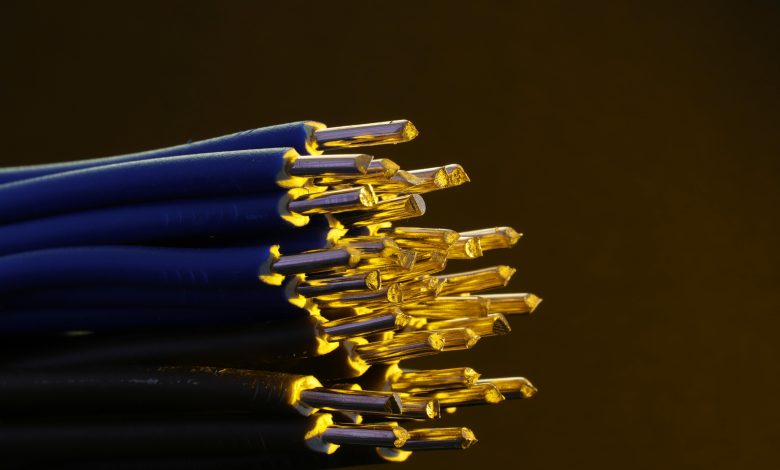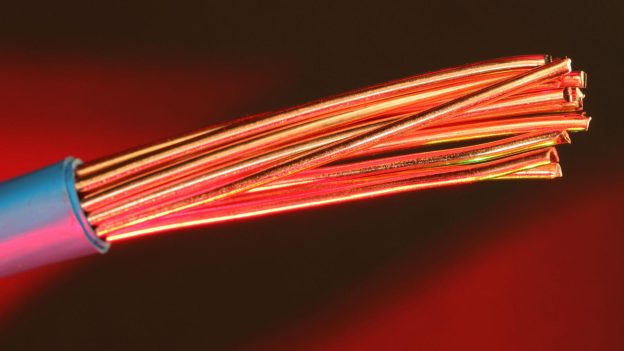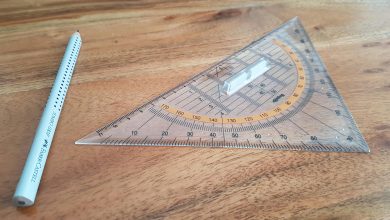Electric Conductors and Insulators

Electric conductors and insulators are fundamental concepts in the study of electricity, defining how materials interact with electric current.
Understanding these properties is crucial for the design and safety of electrical systems.
What are Conductors?
Conductors are materials that allow electricity to flow through them easily.
This ability is primarily due to the presence of free electrons that can move freely within the material.
When an electric field is applied, these electrons facilitate the flow of electric current. Common examples of conductors include:
Conductors are characterized by low resistivity, meaning they offer minimal opposition to the flow of electric current.
This property makes them essential in electrical wiring and components used in various devices and appliances.
What are Insulators?
Insulators, in contrast, are materials that resist the flow of electricity.
They have tightly bound electrons that do not move freely, making it difficult for electric current to pass through.
This property is crucial for safety, as insulators prevent accidental electric shocks and ensure that electricity flows along intended paths. Common examples of insulators include:
Insulators exhibit high resistivity, which prevents the flow of electric current.
Key Differences Between Conductors and Insulators
|
Property |
Conductors |
Insulators |
|
Electric Flow |
Allow electricity to flow easily |
Resist electricity flow |
|
Electrons |
Free electrons available |
Tightly bound electrons |
|
Examples |
Copper, aluminum, gold |
Rubber, plastic, glass |
|
Resistivity |
Low resistivity |
High resistivity |
|
Applications |
Electrical wiring, appliances |
Protective coatings, safety gear |
Importance in Electrical Systems
The distinction between conductors and insulators is critical in electrical engineering and safety practices.
Engineers select appropriate materials based on their conductive or insulative properties to ensure efficient power distribution while minimizing risks.
For example:
Understanding these properties not only enhances the functionality of electrical systems but also plays a vital role in preventing accidents related to electricity.
Conclusion
In summary, electric conductors and insulators serve distinct roles in the management of electrical currents.
Conductors facilitate the flow of electricity, while insulators provide necessary protection against it.
The proper application of these materials is essential for both efficiency and safety in electrical systems.





